(Photo from FountainTarot.com)
The Fountain Tarot is a bright, smart minimalist deck set in a world of light and vibration, rays and angles. Its images reveal the gears of the universe: the sacred geometry and Divine math that underpin existence and describe the connections between people and events.
The characters in the deck are sometimes aware of us, sometimes not. They and the objects they interact with emit lines of energy — the strings the gods pluck to generate the music of everyday events. They are not us, but they stand in for us, wandering a crystalline landscape that manages to be both personal and universal, intimate and vast.
In a nutshell: though there are nods to tradition, this is the most vividly original Tarot I’ve seen in ages.
Background
I first heard of the Fountain Tarot via a comment on TarotTools.com. Over time, via email, I got to know more about the deck’s creators: Jonathan Saiz, Jason Gruhl, and Andi Todaro.
(Photo from FountainTarot.com)
I hear from a lot of deck creators — amateurs and professionals. Few have ever been as charming or as dedicated as Saiz, Gruhl, and Todaro, so, when the Kickstarter campaign launched, I was eager to support their work.
The release of the deck was delayed for several reasons, but I’m happy to say The Fountain Tarot is well worth the wait. In fact, I’m glad I contributed at a level that gives me two copies: one to use (because, believe me, you’re going to want to use this deck) and one to collect (because, believe me, this first edition is going to increase in value over time).
The Physical Deck
The deck is contained in a handsome, thick-walled, iridescent box with magnetic closures. When seen in a certain light and from a certain angle, the word “Fountain” in the deck’s title disappears, leaving only the words “The Tarot,” which is a nice touch.
The deck itself is printed on rigid, sturdy card stock: light, but not cheap. The edges of all cards are gilded with reflective silver foil. The card stock feels powdery and smooth under the fingertips, and the deck has a satisfying heft in the hand.
Card borders are white and narrow. Card titles (above the image for Majors, below for Minors) in clean fonts are bounded on the left and right by a thin line.
Illustrations dominate each card — but even so, these images beg to be seen at larger sizes. I found myself wishing I could see each painting at its original size, displayed in a well-lit gallery. But since Tarot cards are, by nature, small enough to fit into the hand, we’ll just have to come closer to each card — which might be what the deck wants you to do in the first place.
The included booklet includes 112 pages of plain-English commentary on card meanings and, occasionally, notes on the symbolism peculiar to this deck.
Personal Impressions
As with any deck, some cards strike me as more successful than others — and your mileage will vary, as this kind of thing is deeply subjective.
The Empress, wrapped in a vibrant blanket as she wades in a pond, exudes peace and contentment. You’ve never seen this kind of quiet joy on the face of a Major before.
The Hierophant (always a tricky card to illustrate) encourages us to unpack deeper contents of our beliefs. The Tower, a volcanic wreck of a sculpture, dramatically visualizes how destroying the unnecessary makes way for balance.
The Hanged Man is the most exquisite trump of all. One wishes the modesty garment he wears had been omitted, since, in times of inversion and rebirth, nakedness is symbolically appropriate. But everything else about the card — the sunset/sunrise, the rigid lines that become the cords holding the transformed man aloft — is perfect.
(Photo from FountainTarot.com)
My personal favorite card, though, is the Seven of Swords, which reduces the entire story of this card to its most basic elements in a dramatic and thoughtful way. And, finally, if the Nine of Swords doesn’t scare you to death, you haven’t spent enough time with it in a dimly-lit room.
For me, the less successful cards are The Wheel (all loops, circles, and dizzy energy, with a dimly visible human figure lost inside), Strength (which depicts a beautiful woman astride a lion slathered with either too much makeup or too much graffiti), and the Seven of Cups (the central figure shows no interest at all in the surrounding temptations).
Three of the four the Knights in this deck strike me as too static for the energies of their offices — with the possible exception of the Knight of Swords (whose implied relationship with the King of Swords I’ll leave you to ponder).
Finally, for all the new interpretations you’ll find in this deck, you’ll also find nods to tradition: the crystal heart on the Three of Swords, the figures in the boat on the Six of Swords, and the glowing church windows on the snowy Five of Coins.
One departure from tradition is worth noting: an extra trump, The Fountain, assigned the value of infinity. It’s the signature card of the deck, with meanings defined in the book. I’m a fan of the odds and structure of a 78-card deck, so I’ve simply set this card aside.
Readings
Due to the nature of the illustrations on these cards — the subtleties, the delicate lines — these cards read better in brighter settings, where their details can be more readily seen.
I’ve read with the cards twice now, and, both times, the readings helped me reach clarity and peace. The artwork, suffused with light, has the quality of half-remembered dreams. As a result, the images reflect hopes and fears, connections and conclusions, and insights and ideas with ease.
A background in Tarot always adds depth and meaning to a reading, but this is a deck anyone could read based on intuition alone.
Recommendation
Buy the deck. No, buy two. This one’s a keeper, and having a pristine, sealed copy in your collection is a good investment. Besides, your purchase helps out a sweet little team … good people, worthy of our support.
You’re going to love the Fountain Tarot.
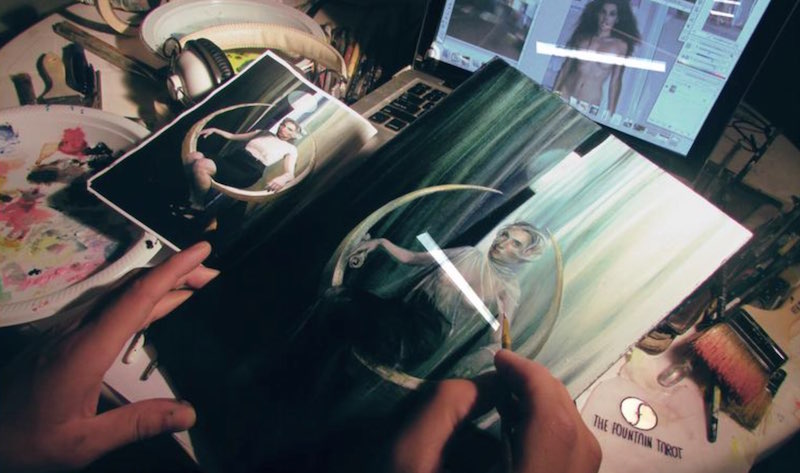
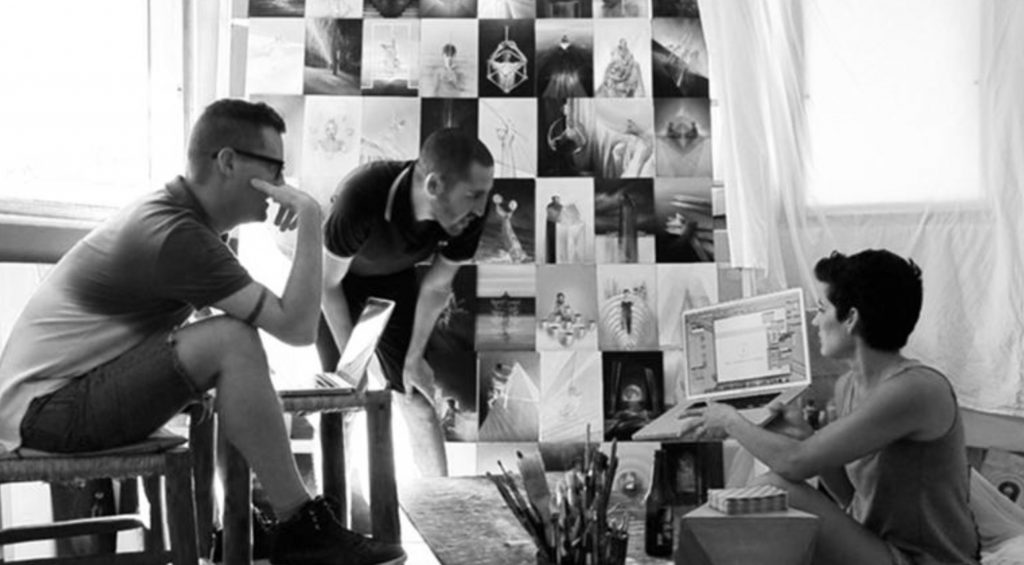
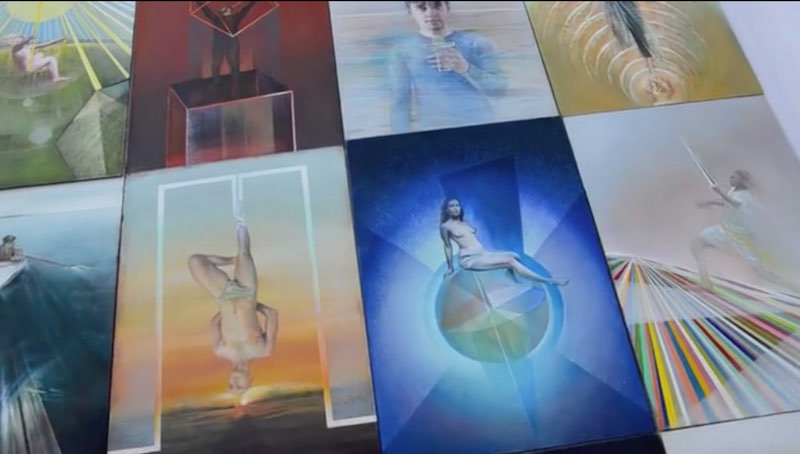
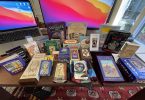
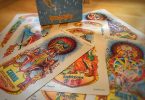
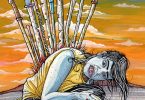
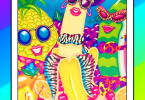
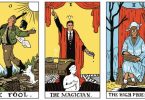

Sounds exciting.
I’m a Kickstarter supporter, so I should get my copy soon.